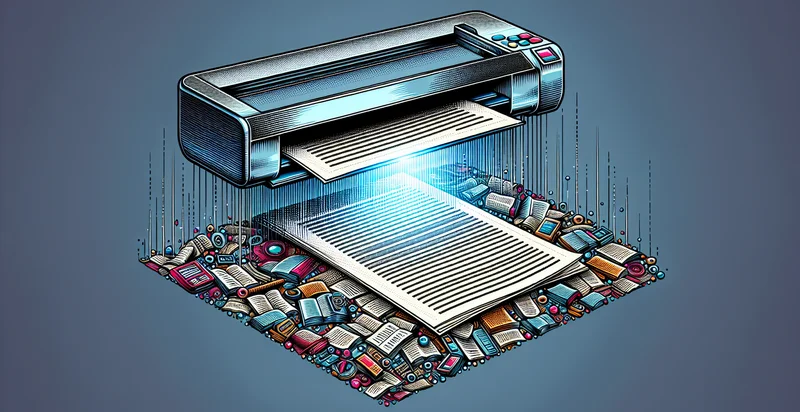Identify boost levels
using AI
Below is a free classifier to identify boost levels. Just upload your image, and our AI will predict the appropriate boost level for each category. - in just seconds.

Contact us for API access
Or, use Nyckel to build highly-accurate custom classifiers in just minutes. No PhD required.
Get started
import nyckel
credentials = nyckel.Credentials("YOUR_CLIENT_ID", "YOUR_CLIENT_SECRET")
nyckel.invoke("boost-levels", "your_image_url", credentials)
fetch('https://www.nyckel.com/v1/functions/boost-levels/invoke', {
method: 'POST',
headers: {
'Authorization': 'Bearer ' + 'YOUR_BEARER_TOKEN',
'Content-Type': 'application/json',
},
body: JSON.stringify(
{"data": "your_image_url"}
)
})
.then(response => response.json())
.then(data => console.log(data));
curl -X POST \
-H "Content-Type: application/json" \
-H "Authorization: Bearer YOUR_BEARER_TOKEN" \
-d '{"data": "your_image_url"}' \
https://www.nyckel.com/v1/functions/boost-levels/invoke
How this classifier works
To start, upload your image. Our AI tool will then predict the appropriate boost level for each category..
This pretrained image model uses a Nyckel-created dataset and has 5 labels, including High Boost, Low Boost, Medium Boost, No Boost and Peak Boost.
We'll also show a confidence score (the higher the number, the more confident the AI model is around the appropriate boost level for each category.).
Whether you're just curious or building boost levels detection into your application, we hope our classifier proves helpful.
Related Classifiers
Need to identify boost levels at scale?
Get API or Zapier access to this classifier for free. It's perfect for:
- Quality Control in Manufacturing: The false image classification function can be employed in manufacturing settings to assess product images for defects or inconsistencies. By identifying incorrectly classified products, companies can enhance quality control processes and reduce waste.
- Social Media Content Moderation: This function can assist social media platforms in detecting inappropriate or misleading images. By accurately identifying false representations, platforms can maintain content integrity and ensure user safety, thereby fostering a more trustworthy environment.
- Retail Product Listing Verification: E-commerce platforms can use this function to verify the authenticity of product images listed by sellers. By flagging potentially false images, retailers can prevent deceptive practices, ensuring customers receive products that match their expectations.
- Medical Imaging Analysis: In healthcare, this function can enhance the accuracy of medical imaging by identifying false classifications in diagnostic images. This capability can assist radiologists and healthcare professionals in making more informed decisions, potentially improving patient outcomes.
- Environmental Monitoring: The false image classification function can be utilized in environmental studies to analyze satellite or drone imagery. By identifying false representations, researchers can better track changes in land use, deforestation, or urbanization, leading to more effective conservation strategies.
- Autonomous Vehicle Navigation: In the development of autonomous vehicles, this function can help improve the accuracy of image recognition systems. By reducing false classifications of road signs and obstacles, it enhances navigation systems, leading to safer and more reliable vehicle operation.
- Security Surveillance Enhancement: The function can be applied in security surveillance systems to detect and classify potential threats accurately. By identifying and filtering false alerts from surveillance footage, security personnel can focus on genuine threats, enhancing overall safety and response efficiency.


